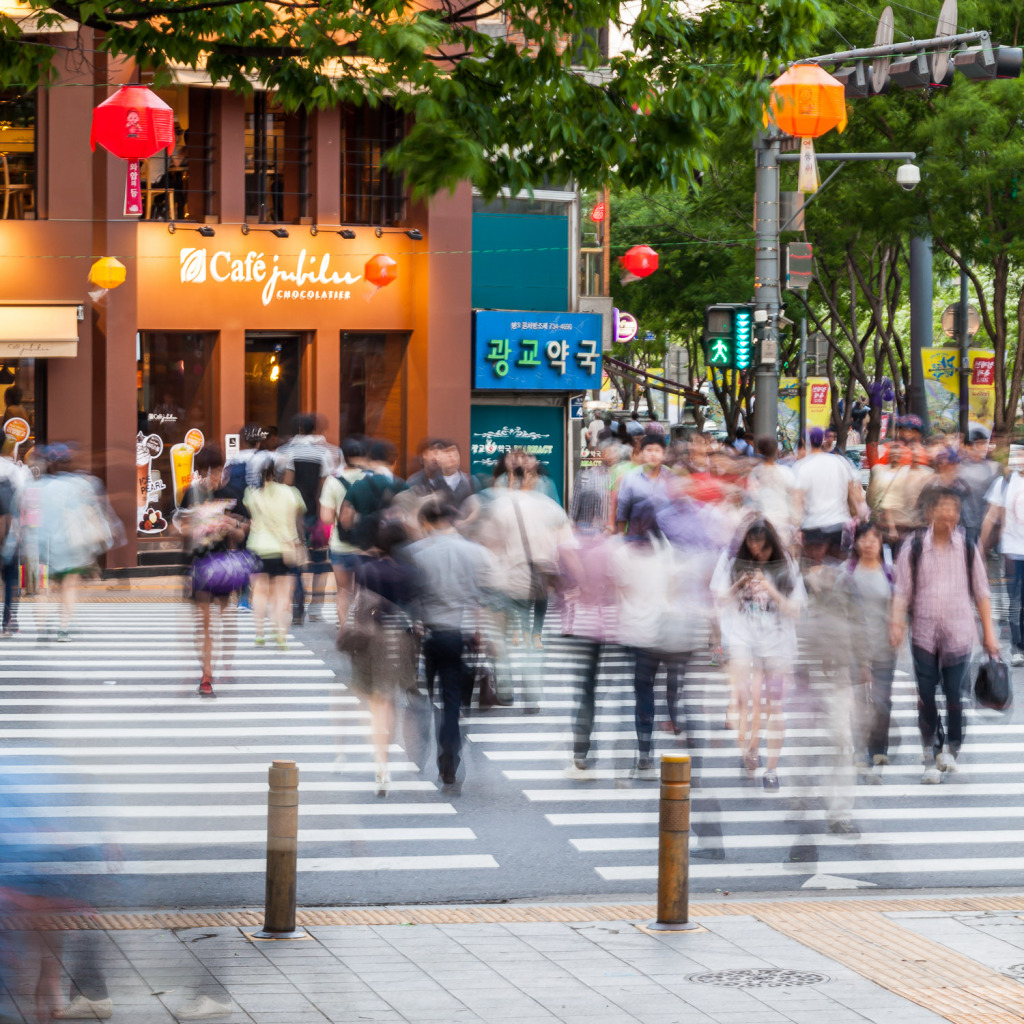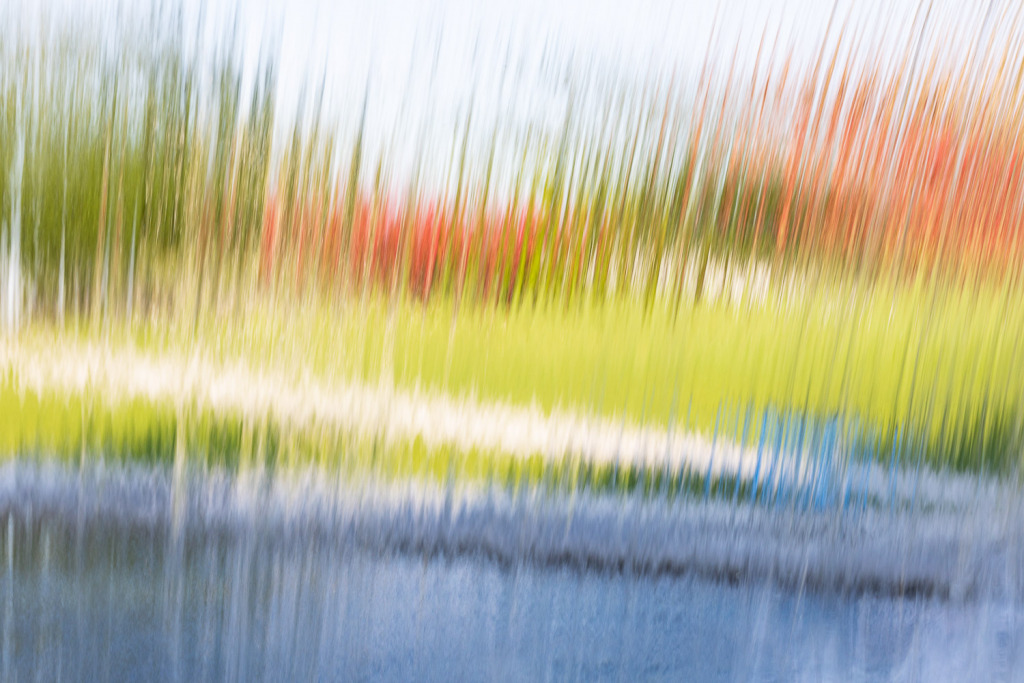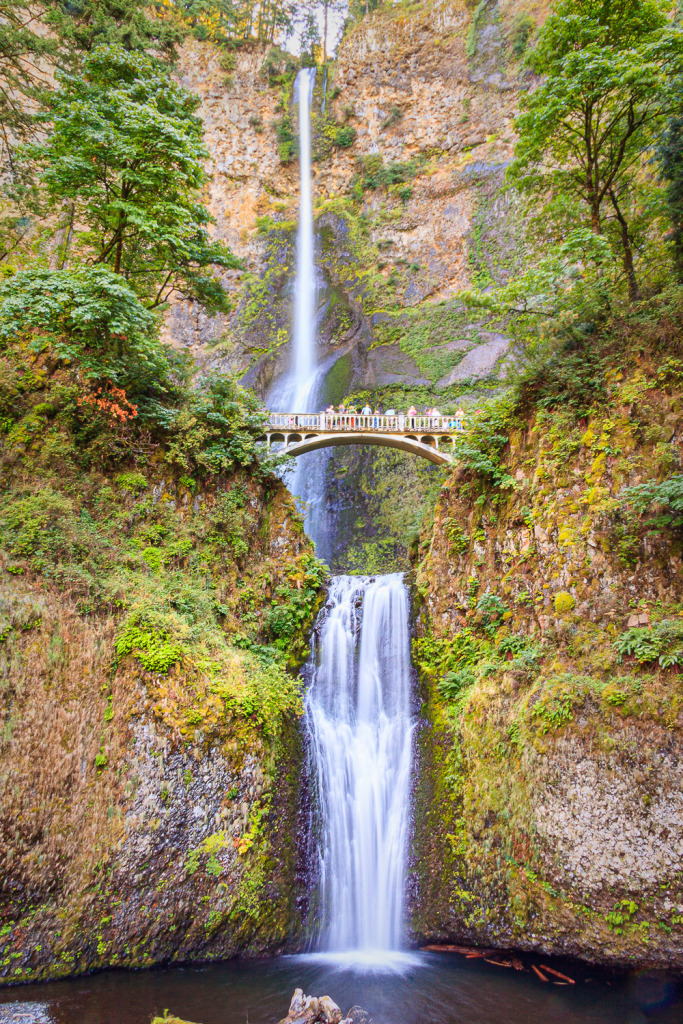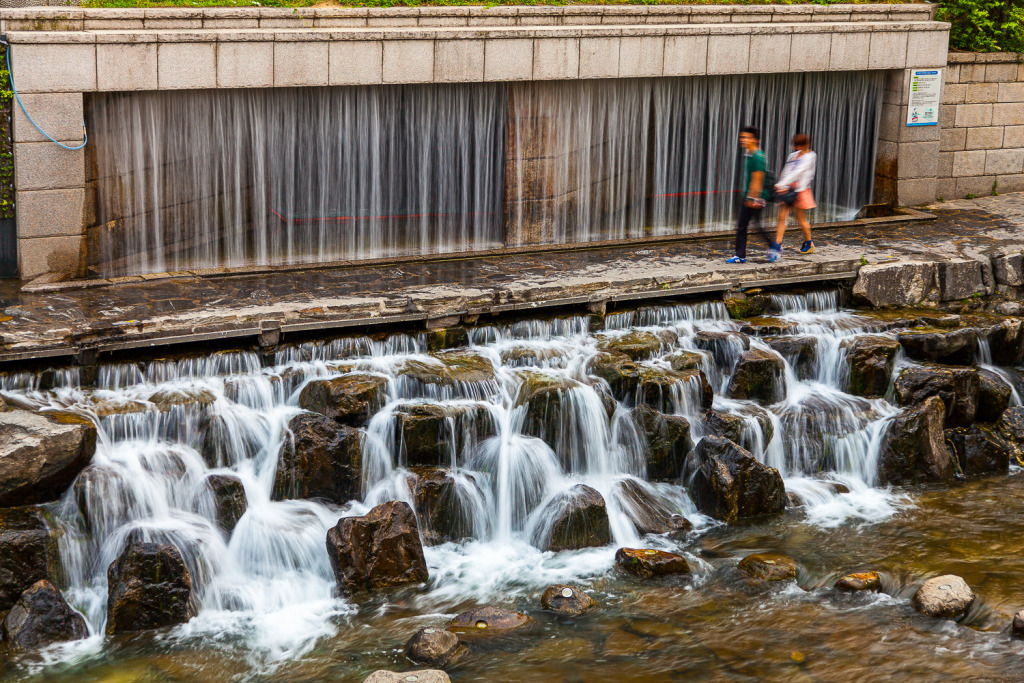Knowing how to set a slow shutter speed in bright light will help jumpstart your creativity. Here are three tips to get you started.
- Reasons to set a slow shutter speed in bright light
- Why is it difficult to set a slow shutter speed in bright light?
- Tip 1: Use a tripod and a neutral density filter.
- Tip 2: Set your ISO to 100 or the lowest number your camera will allow to get a slow shutter speed in bright light.
- Tip 3: Set your camera to Aperture Mode and set the highest aperture number that your lens will allow.
- Combine all three tips to get the best result.
- My favorite quick settings:
- Now it’s your turn:
Reasons to set a slow shutter speed in bright light
Setting a slow shutter speed will allow you to show the motion of moving water or waves. You’ll be able to create intentional blur, like capturing the moving legs of a runner or spinning wheels of a race car. If you can set a slow enough shutter speed, you may even be able to make tourists disappear!
If you have control over the time of day when you are out shooting, you can choose a time with lower light. But this is often not possible. If you are traveling and are on a tour, chances are that you’ll arrive at the famous waterfall at mid-day. And, let’s face it if you’re on a tour, you’re likely to be around fellow tourists.

Worse yet, you probably won’t have unlimited time to test your settings and find the perfect one. Also, remember that you’ll need to be shooting in Program, Aperture, Shutter, or Manual mode to do this.
Why is it difficult to set a slow shutter speed in bright light?
To create a proper exposure, you need to balance the light hitting your sensor with the shutter speed. The third part of the exposure triangle is your ISO setting, and it comes in handy when the light is low, because you can increase it. However, when the light is bright, it’s difficult to lower it enough to limit the light.
There are many more choices of shutter speeds than there are of apertures, too. So, how can you quickly set a slow shutter speed when the light is bright and your time is limited?

Tip 1: Use a tripod and a neutral density filter.
This definitely isn’t the fastest solution. Setting up a tripod can take time and screwing on the neutral density filter adds to the level of complexity, especially if you have a very dark filter.
But this is the ultimate solution, so if you do have time, it’s worth it. You’ll have much more control over how slow your shutter speed can be and you’ll be able to ensure that your camera is steady while you shoot.
It’s worth practicing setting up your tripod and filter before you go out to shoot! You may want to download an app to help you set your exposure, too. If you know you’ll have a short amount of time to shoot, arrive with the camera already on the tripod! You’ll be surprised at how quickly you can get set up if you’ve practiced.

Tip 2: Set your ISO to 100 or the lowest number your camera will allow to get a slow shutter speed in bright light.
As your shutter speed slows down, your camera is naturally going to raise the ISO if the ISO is set to Auto. So, this is a time when you’ll need to turn off Auto ISO and set a low number. The reason that the camera is doing this is that it’s trying to prevent camera shake as the shutter speed slows down.
You’ll need to hold your camera steady! Besides using a tripod, you can try balancing your camera on a rock or railing. A small but powerful solution is the Platypod, which is a flat piece of metal with a ball head attached.
When you set your ISO to the lowest number, you are limiting the amount of light that is hitting the camera sensor. With less light, you’ll be able to set a slower shutter speed.
Tip 3: Set your camera to Aperture Mode and set the highest aperture number that your lens will allow.
A higher aperture number creates a smaller opening and less light hitting the sensor.
Your lens will determine the highest number.
If you have a variable aperture zoom lens, you’ll notice that the highest number will change depending on whether you are zoomed in or out. Zoom in to get the highest number.
Combine all three tips to get the best result.
Even if you have a tripod and neutral density filter, it will help to set the ISO to 100 and the aperture to the highest number. This restricts the light and gives you a quick path to a slow shutter speed.

My favorite quick settings:
If I’m working quickly to capture an image with a slow shutter speed in bright light and don’t have a tripod or neutral density filter, I set my camera to Aperture Mode. Then, I set the aperture to the highest number. Next, I set the ISO to 100. This forces the camera to slow the shutter speed down. Finally, I look around for a way to steady my camera while I shoot unless I’m going to be taking a panning shot.
Now it’s your turn:
We don’t all live near high waterfalls, but you can always try shooting a fountain in bright light. Or what about a lawn sprinkler? Use your imagination to practice this technique. That way, you’ll be ready when you have a chance to capture an image you’ll want to frame and hang.
If you’d like to try out panning, you can find my online panning class here: https://carolinemaryan.podia.com/bonus-panning-training
To learn more about using motion blur in your compositions, check out this post I wrote about it: https://www.carolinemaryan.com/improve-your-photos-with-motion-blur/





Leave a reply